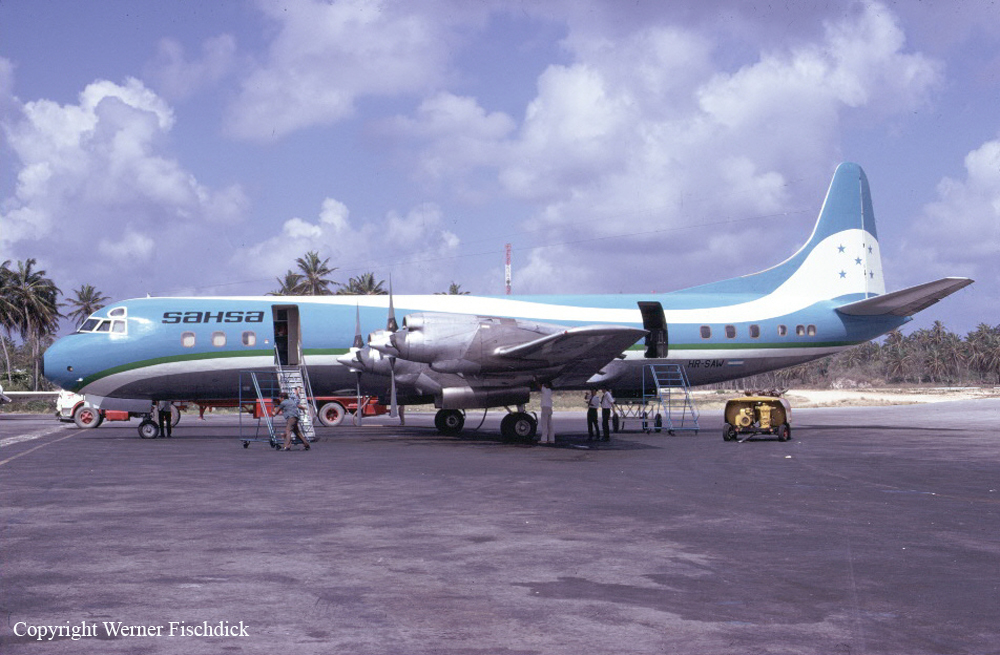Crash of an Antonov AN-2T in Kedrovy
Date & Time:
Jul 15, 1981
Registration:
CCCP-01883
Survivors:
Yes
Schedule:
Bodaybo – Perevoz – Kedrovy
MSN:
1 154 473 04
YOM:
1961
Crew on board:
2
Crew fatalities:
Pax on board:
0
Pax fatalities:
Other fatalities:
Total fatalities:
0
Circumstances:
The crew departed Bodaybo on a positioning flight to Kedrovy with an intermediate stop in Perevoz, on behalf of a geological mission. The approach was completed with a tailwind and the airplane landed too far down the landing area, about 80 meters from the 'runway' end. Unable to stop within the remaining distance, the airplane overran then collided with a dirt bank, bursting into flames. Both pilots escaped uninjured while the aircraft was totally destroyed by fire.
Probable cause:
Wrong approach configuration on part of the crew who failed to initiate a go-around procedure.








